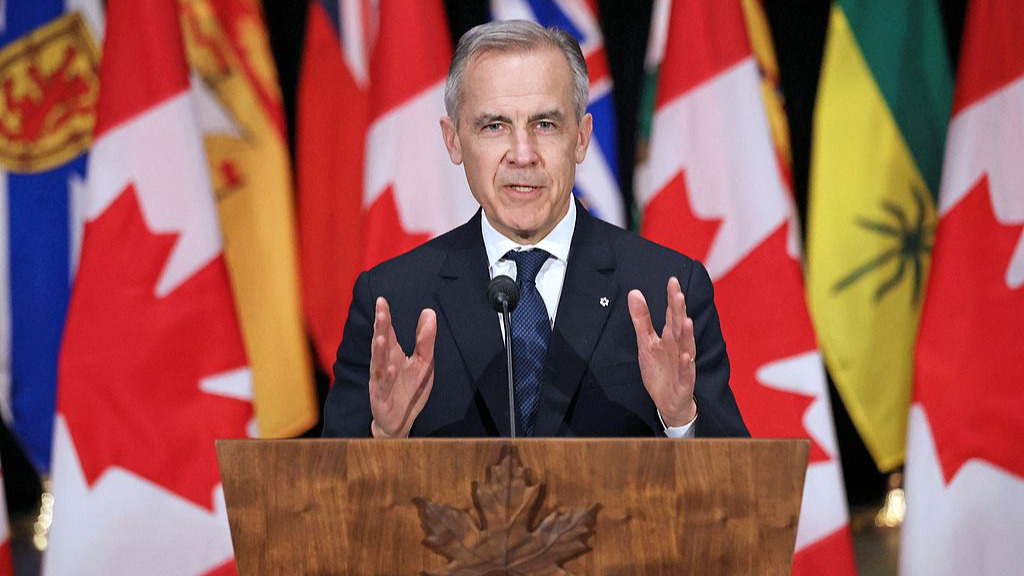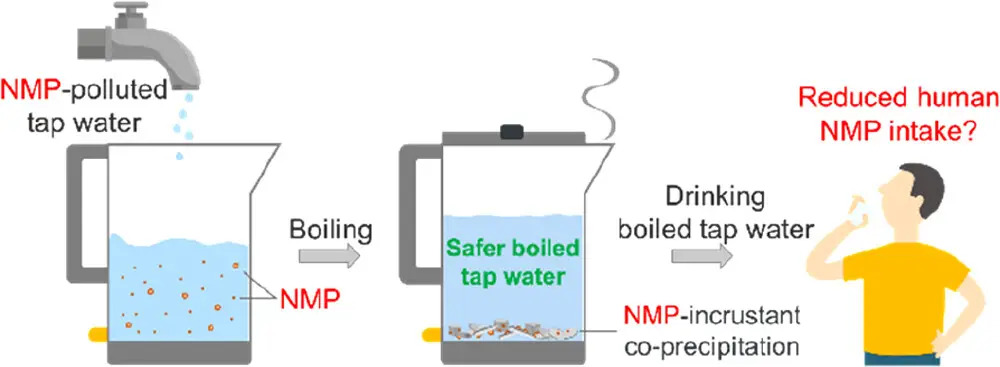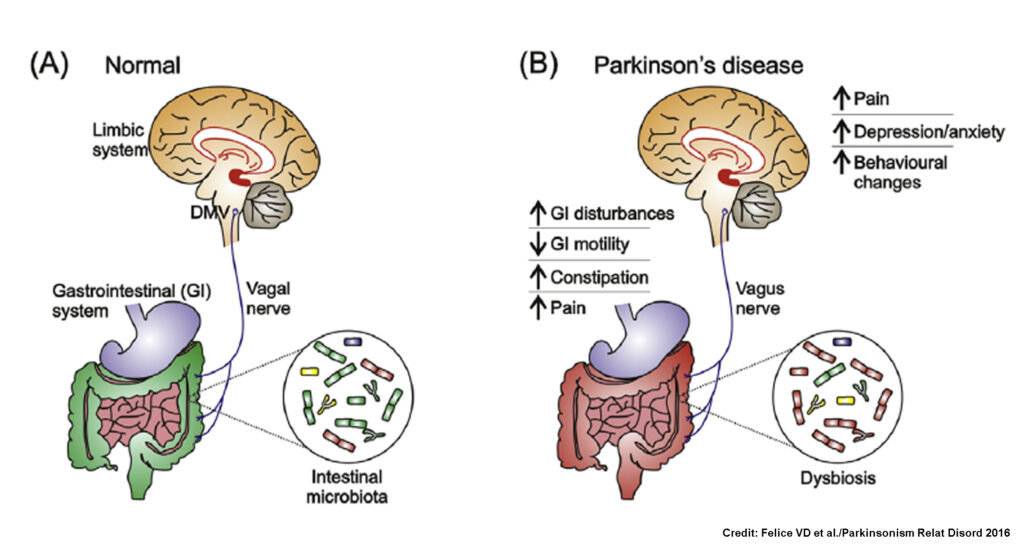Diabetes Prevention in Infancy: The Role of Gut Microbes and Antibiotics
New research is shedding light on how early-life exposure to antibiotics and gut microbes may influence diabetes risk later in life. Scientists have discovered that antibiotics given to infants could harm insulin-producing cells in the pancreas, significantly increasing the chances of developing diabetes. On the other hand, exposure to certain beneficial microbes may help protect against the disease.

Antibiotics and Their Impact on Pancreatic Cells
The study, conducted on mice, revealed striking findings. Mice that were given broad-spectrum antibiotics during a critical stage of development had a staggering 90% incidence of diabetes. This suggests that antibiotics disrupt the delicate balance of the gut microbiome, which plays a crucial role in the development of pancreatic beta cells—cells responsible for producing insulin.
When the gut microbiome is altered in infancy, it can lead to long-term metabolic consequences, including an increased risk of type 1 and type 2 diabetes. The findings support growing concerns about the overuse of antibiotics in early childhood and their potential impact on metabolic health.
Protective Role of Candida dubliniensis
Interestingly, the study also found that exposure to a specific gut microbe—Candida dubliniensis—dramatically reduced the risk of diabetes in mice. Among those exposed to this microbe, only 15% developed the disease, compared to 90% in the antibiotic-exposed group. This suggests that certain microbes may help regulate pancreatic function and insulin production, offering a potential pathway for diabetes prevention.
Restoring Insulin-Producing Cells in Adulthood
Beyond infancy, the study explored whether Candida dubliniensis could have therapeutic benefits for adults with diabetes. Researchers found that introducing this beneficial microbe into adult mice rejuvenated their insulin-producing pancreatic cells, effectively improving their ability to regulate blood sugar levels.
This discovery opens the door to potential new treatments for diabetes. Instead of focusing solely on insulin replacement, scientists could explore therapies that restore the microbiome and promote the regeneration of pancreatic cells.
Implications for Human Health
While these findings are based on animal studies, they have significant implications for human health. If similar effects are observed in humans, it could reshape how we approach diabetes prevention and treatment. Key takeaways include:
- Caution with Antibiotics: Avoiding unnecessary antibiotic use in infants may help protect pancreatic health and reduce the risk of metabolic diseases.
- Microbiome-Based Therapies: Probiotic treatments containing beneficial microbes like Candida dubliniensis may become a future strategy for preventing or treating diabetes.
- Early-Life Interventions: The first months of life are critical for microbiome development, and ensuring a healthy gut ecosystem may have long-term benefits for metabolic health.
Conclusion
This groundbreaking research highlights the critical link between gut health and diabetes risk. While antibiotics play an essential role in treating infections, their overuse in infancy may have unintended consequences on pancreatic development. Meanwhile, beneficial microbes like Candida dubliniensis could pave the way for innovative treatments that protect and restore insulin-producing cells. As research progresses, microbiome-based interventions could become a game-changer in diabetes prevention and treatment.

















